The MCU Thunderbolts movie will almost certainly share some DNA with the Dark Avengers
The Thunderbolts have a long comic book history and ties to the Dark Avengers that would adapt well to the MCU
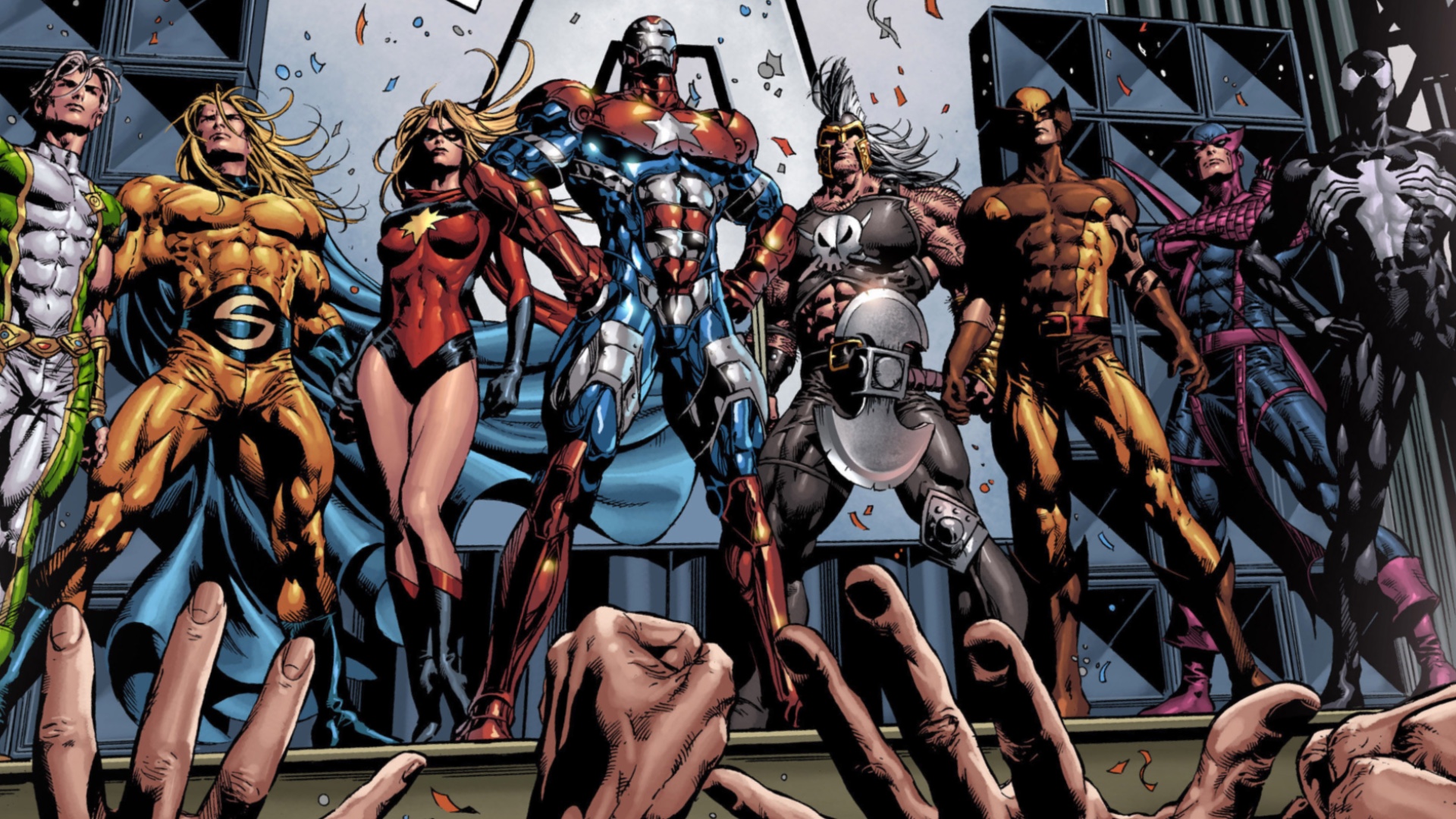
Marvel Studios has confirmed plans to bring its villain-turned-hero team the Thunderbolts to the big screen in 2024 - and with the announcement on the table, we're left wondering how much the burgeoning Thunderbolts subplot in the MCU bears a resemblance to the Dark Avengers team, villain Norman Osborn's private army of evil Avengers imposters.
A previous report about the then-unconfirmed film named characters such as Baron Zemo, Yelena Belova, Ghost, Taskmaster, The Abomination, John Walker/US Agent, and the Winter Soldier as potential inclusions in the film, seemingly picking up the same MCU threads that hinted at the possibility of the Dark Avengers assembling on screen.
In fact, at least one incarnation of the Dark Avengers directly grew out of the Thunderbolts - and the aforementioned Norman Osborn (you may know him better as the Green Goblin), the organizer and sometimes leader of the Dark Avengers in comic books, got the idea for his evil Avengers from his time as the director the Thunderbolts in one of their incarnations as secret government operatives.
So Thunderbolts may be on the menu, but given what's come before in the MCU, and the direct ties between the two teams in comic books, we're betting there will be at least a little Dark Avengers flavor in there. With that in mind, here's the history of the Dark Avengers - including their relationship to the Thunderbolts.
Who are the Dark Avengers?
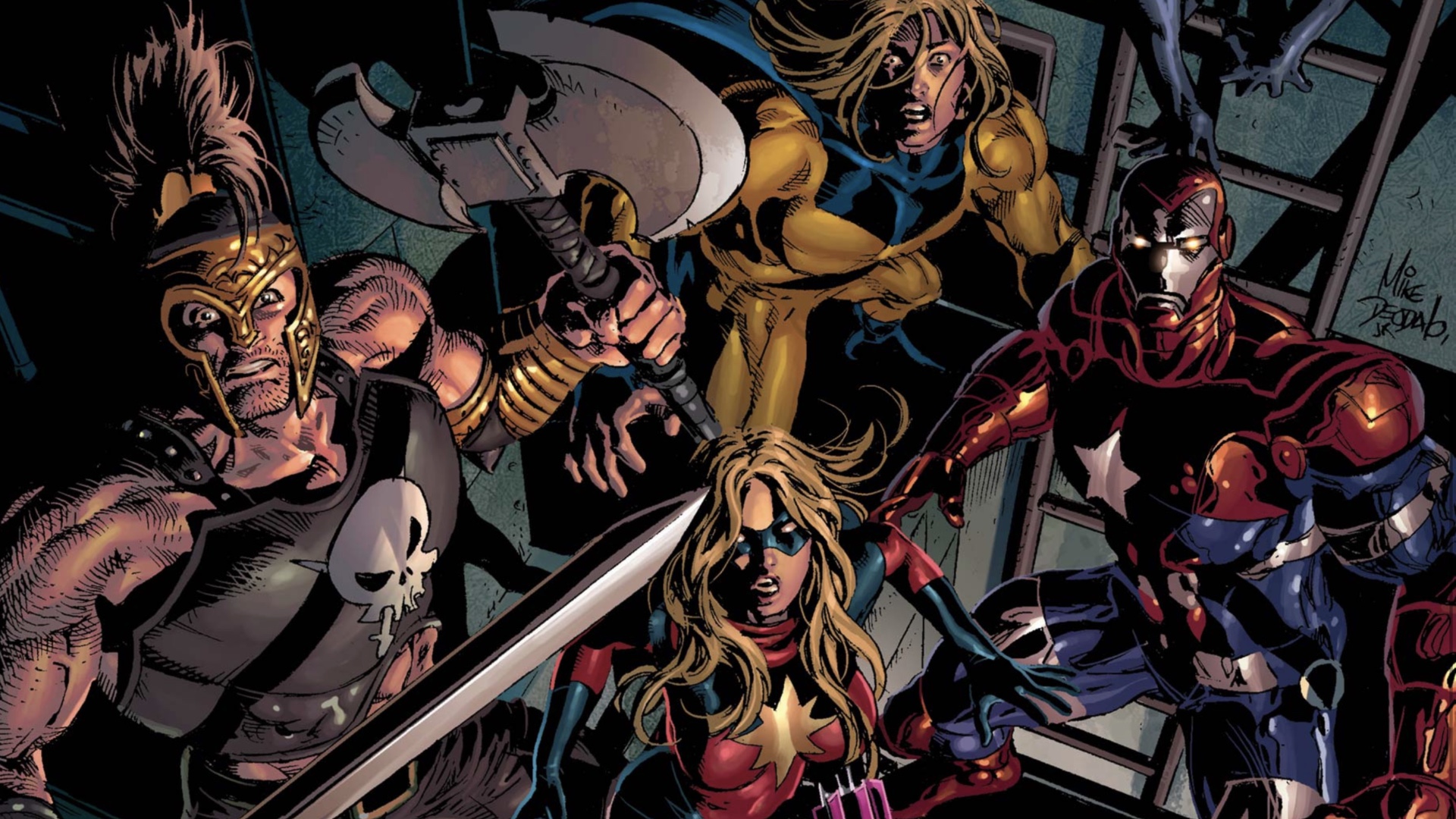
The Dark Avengers have their roots in the Marvel Comics event Secret Invasion, in which the alien Skrulls enact a plan to conquer Earth by using their shapeshifting powers to hide in plain sight, even impersonating some of Marvel's biggest heroes.
The Skrull infiltrators naturally sow dissent among the Avengers, who were already split into two factions at the time in the wake of Civil War , with more distrust and even outright hostility brewing among the heroes once the presence of the Skrulls was discovered.
Amidst the chaos, in which paranoia around Skrull infiltrators and imposters hamper efforts to defeat the Skrull invasion, the villainous Osborn (formerly Spider-Man's arch-enemy the Green Goblin, turned corrupt government agent) seizes his opportunity for personal gain by assembling a team of villains to masquerade as Avengers under his leadership.
Get the best comic news, insights, opinions, analysis and more!
Drawing on his previous time as the head of the Thunderbolts program, a plan to rehabilitate or at least employ supervillains that took its name from the original Thunderbolts who were villains disguised as heroes, Osborn assembles a few loyal (and verifiably not Skrull) villains to be his enforcers in fighting the Skrulls.
With Bullseye, who takes on the identity of Hawkeye; Moonstone, who takes on the codename of Ms. Marvel; and Venom, who masquerades as Spider-Man all in his command, Osborn intervenes in the final fight of Secret Invasion and personally kills the Skrull Empress, effectively ending the invasion.
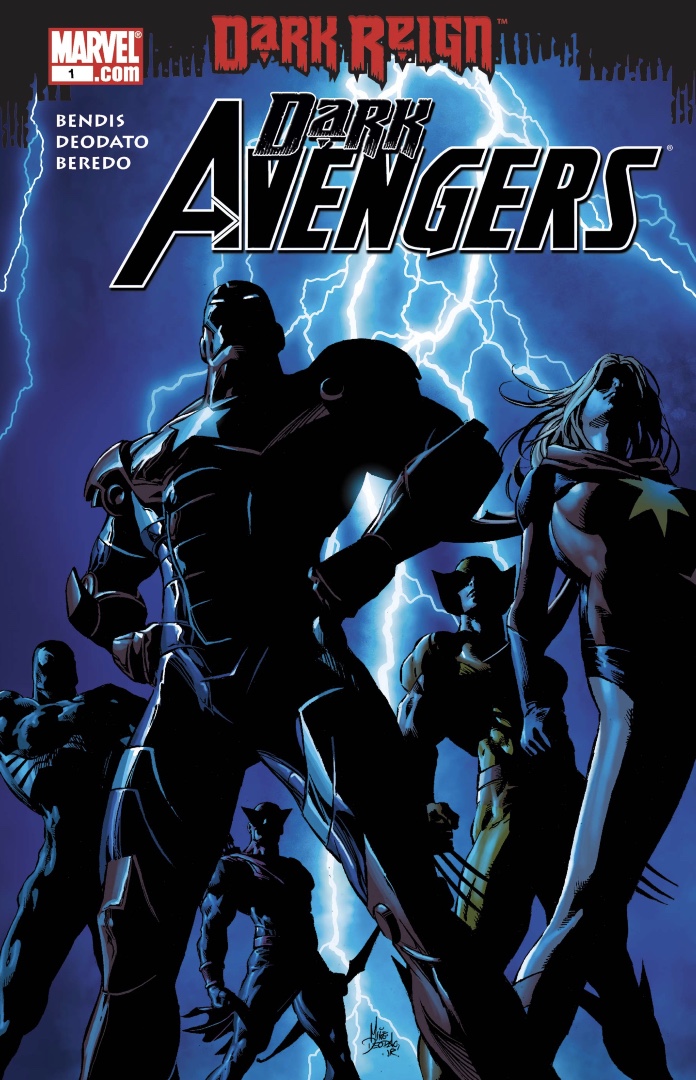
Osborn's victory leads to questions over why Tony Stark, who was then Director of SHIELD alongside leading the Avengers as Iron Man, couldn't prevent or even stop the Skrull invasion with all his resources.
Stark is subsequently fired from SHIELD, which is disbanded, and Osborn is promoted to the leader of a new much more authoritarian organization called HAMMER (unlike SHIELD, an acronym which has had several meanings in Marvel Comics, HAMMER never had a definition, with Osborn joking he planned to figure it out later).
Alongside his new veritable army of HAMMER agents and assets, Osborn seizes a version of Iron Man's armor, painting it red, white, and blue and donning it himself as the Iron Patriot (a version was seen in Iron Man 3), and assembling a full team of Dark Avengers to do his bidding.
Starting with Bullseye/Hawkeye, Moonstone/Ms. Marvel (Carol Danvers wasn't Captain Marvel yet herself at this time), and Venom/Spider-Man (at this time Venom was Mac Gargan, the former Scorpion), he expands his team to include: Daken, the son of the original Wolverine, as his father's replacement; and Kree warrior Noh-Varr, who he dubs Captain Marvel. He finished his inaugural Dark Avengers roster with two members of the previous Tony Stark-led Avengers team, the Sentry and Ares (the literal Greek god of war, kinda like Thor).
With his personal Dark Avengers now assembled, Osborn begins positioning himself as America's official greatest protector, and his team as the one, true incarnation of Earth's Mightiest Heroes.
Dark Avengers Assemble

Though they were created to serve as Norman Osborn's personal enforcers more than anything else, Osborn does lead the team in facing down some actual threats alongside his more sinister machinations, squaring off with magical Avengers villain Morgan le Fay, and later the reality-warping Molecule Man.
At the same time, however, Osborn leads his team to take on the X-Men on their island of Utopia, their first attempt to found a mutant nation, and tries to round up not just the authentic Avengers, but any heroes or villains he deems a threat to his grand schemes of conquest.
As part of these schemes, Osborn allies with a group of villains he nicknames the Cabal, roping the Asgardian trickster Loki into his plans with the promise that Loki would rule Asgard once it was sent back to its own realm from Earth, where it was located at the time as a city floating high above the plains of Oklahoma.
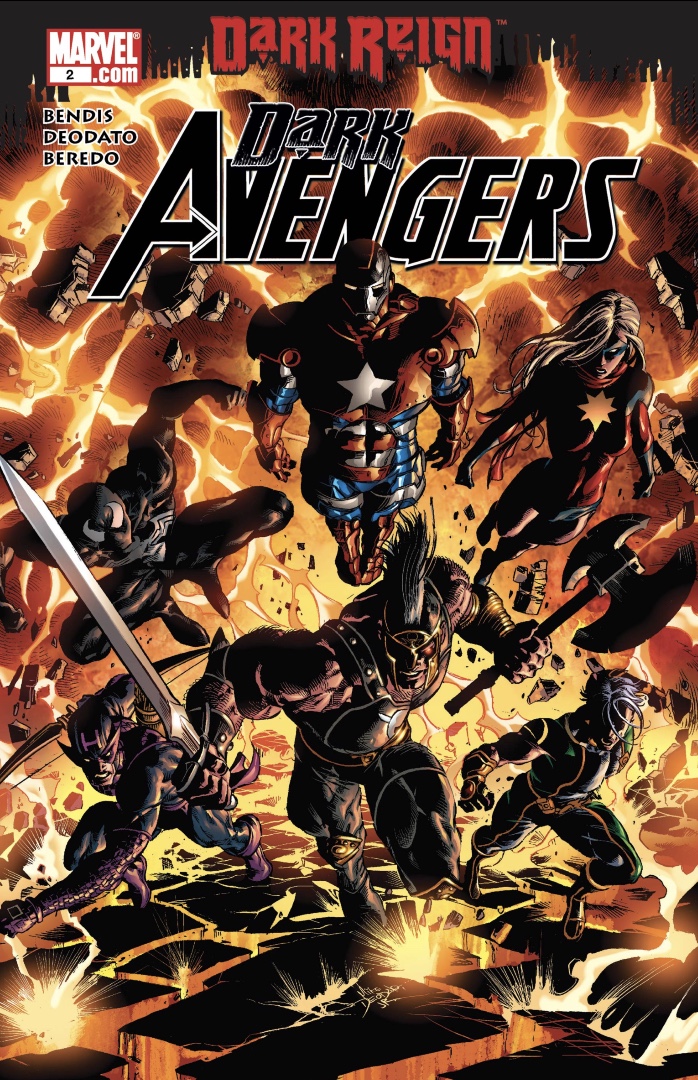
Everything culminates in the story Siege, in which Osborn and his Dark Avengers launch an assault on Asgard. But when it becomes clear Osborn can't take Asgard for himself, he orders the Sentry - arguably one of the most powerful beings in the Marvel Universe at the time - to destroy Asgard. Pummeling the floating city to rubble, Sentry is so overcome with power and violence that he fully reverts to his evil persona the Void, an even greater, cosmic-level threat than Osborn and his team.
Loki, seeing what's become of Asgard, turns on Osborn and begins magically empowering the Avengers and the other heroes - until the Void, sensing Loki's interference, breaks his spells and fully obliterates Loki, leading to the Asgardian trickster eventually being reborn as Kid Loki.
Spurred by the fall of Asgard and his brother's death, Thor rallies the heroes with all his thunderous might, and the Void is eventually defeated, along with Osborn and his Dark Avengers.
But that's not the end of the team.
The second Dark Avengers
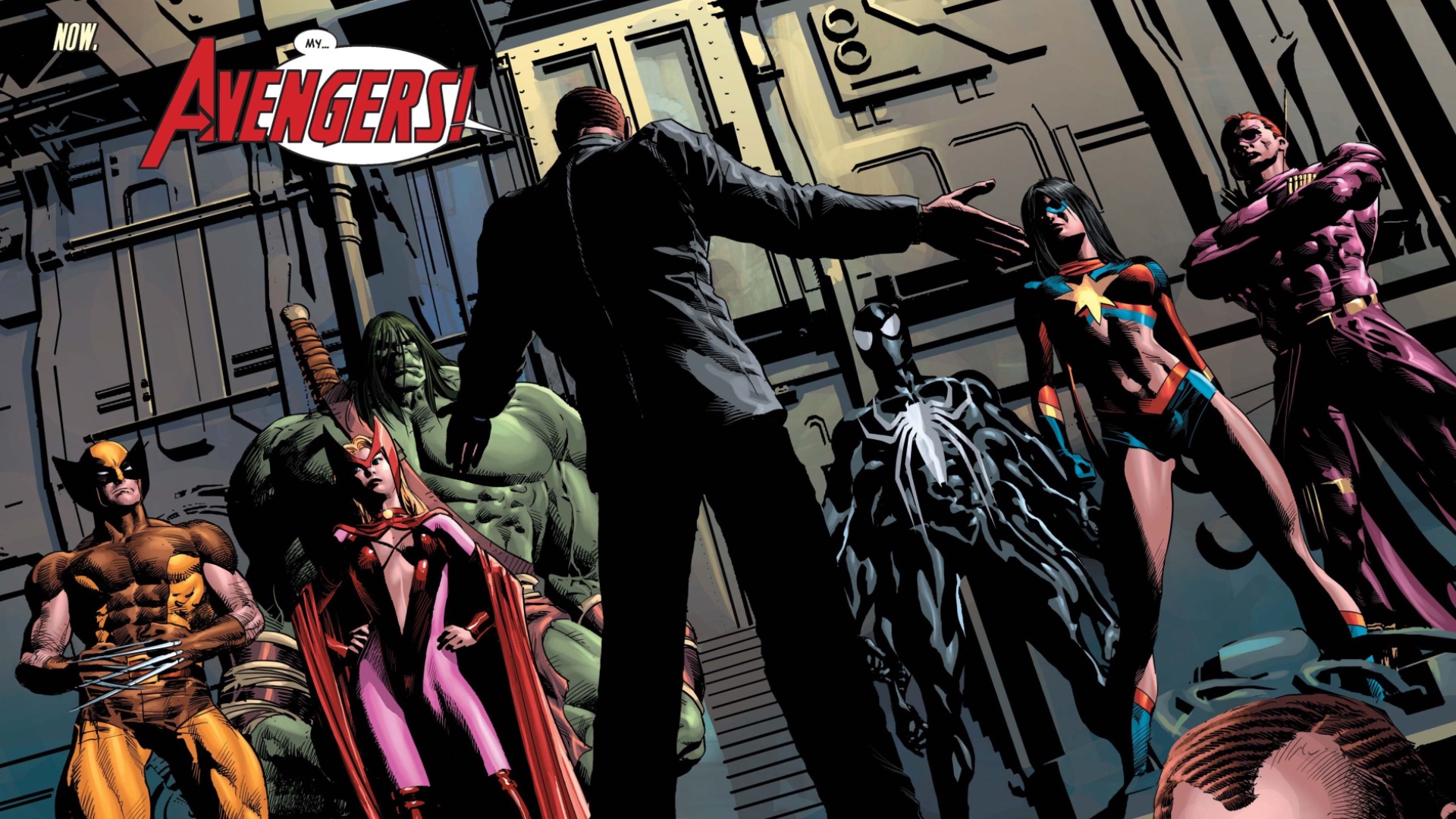
Though Osborn is incarcerated for his role in the fall of Asgard and numerous other crimes while serving as director of HAMMER, he's broken out of jail by his minions, including his right-hand consigliere Victoria Hand, founding a new version of HAMMER and assembling a new team of Dark Avengers.
The new team includes evil marksman Trickshot as Hawkeye, South American spider deity Ai Apaec as Spider-Man, genetically engineered mad scientist Toxie Doxie as Scarlet Witch, super-strong female supremacist Superia as Ms. Marvel, mutant villain Gorgon as Wolverine, evil Thor clone Ragnarok, and finally Skaar, the son of the original Hulk who was born and raised on Sakaar (yes, if that sounds familiar, it's the planet on which most of Thor: Ragnarok takes place, and the setting of the comic book story Planet Hulk).
The new team wouldn't last long, however - they're quickly betrayed by Skaar, a sleeper agent among them all along, and once again Osborn is defeated. This time, Marvel history comes a little bit full circle, and Trickshot, Toxie Doxie, Ragnarok, and Ai Apaec are recruited as a new team of Thunderbolts with Skaar as their handler, under the supervision of Luke Cage who was then in charge of the Thunderbolts program.
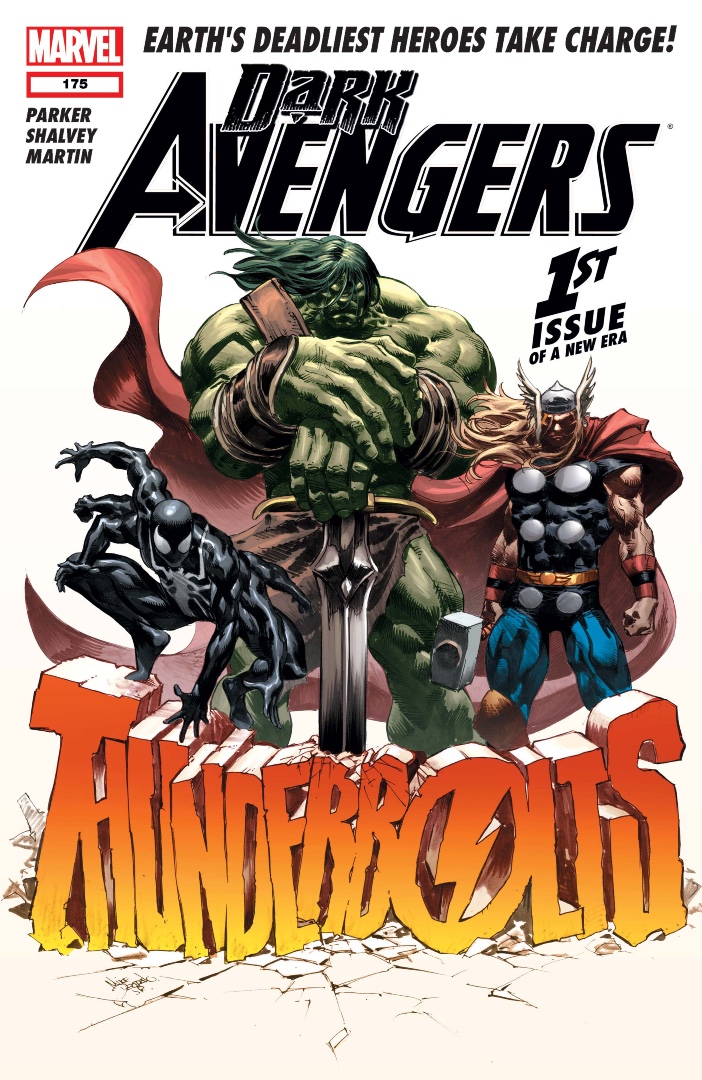
The former Dark Avengers reclaimed their name, however, and betrayed Skaar and Cage - though they were subsequently caught by Skaar, John Walker (who was the warden of the super-prison the Raft at the time), and longtime Thunderbolt/Dark Avenger Moonstone. During their apprehension, the team was transported to an alternate reality where many of the Marvel Universe's greatest heroes were actually the worst villains of the new reality.
Banding together to take on the twisted versions of the heroes and escape back to their home reality, Doxie gains John Walker's trust by using her skills to regenerate his lost limbs (which had been amputated during a fight in the Siege event) - though she also takes this as an opportunity to psychically subvert him.
Walker brings the team together under his apparent leadership to escape the dark reality and return home, but back on the core Earth, Walker is seen leading the team as US Agent, still secretly under the mind control of Toxie Doxie.
After that, that was kinda it for the Dark Avengers. The team disbanded off-page without any further adventures, despite Toxie Doxie's apparent plans to keep them going with Walker under her power, and a new version hasn't been created since - at least not in comic books.
How the Dark Avengers connect to the Thunderbolts
The entire history of the Thunderbolts themselves is even longer than that of the Dark Avengers, but here's the TL:DR on the part that connects them right to the Dark Avengers.
The original Thunderbolts were secretly members of the Masters of Evil in disguise, led by Zemo who had taken up the mantle of Citizen V, a Golden Age era hero. When their plan to use their heroic disguises to conquer the world fell apart and Zemo was defeated by several of his allies actually going to the side of the good guys, the name 'Thunderbolts' was taken by the United States government.
The government recruited former Green Goblin Norman Osborn to lead a team of supervillains to track down heroes who defied the Superhuman Registration Act that prevented superheroes from operating without government clearance following Civil War - leading directly to the birth of the Dark Avengers when Osborn was promoted again (you remember all that from above, yeah?)
Oddly enough, alongside the Dark Avengers, Osborn had his own team of Thunderbolts as well, who were recruited as his private black-ops squad - among whom was none other than Yelena Belova, the second Black Widow, though this turned out to actually be Natasha Romanova, the original, in disguise as part of a plan to infiltrate Osborn's forces.
Whew!
The Dark Avengers in the Marvel Cinematic Universe
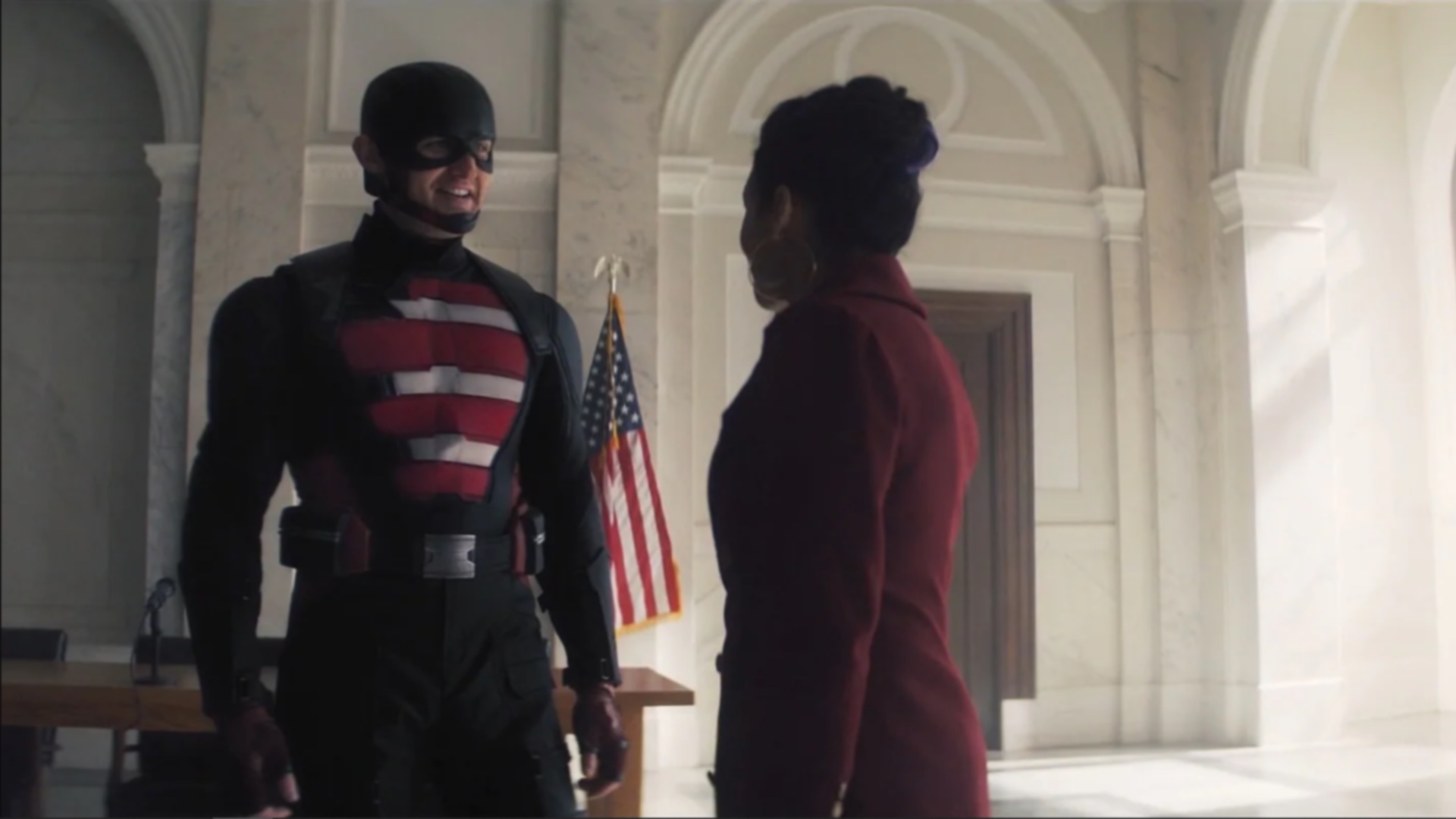
Marvel has been teasing and hinting at the idea of a Dark Avengers-esque team since Captain America: Civil War, a movie that laid the groundwork for multiple different avenues for such a group to assemble - perhaps most notably the work of General Thaddeus 'Thunderbolt' Ross to corral and curtail the Avengers under his purview, and original Thunderbolts founder Baron Zemo's discovery of a whole team of Hydra super-soldiers who he apparently murdered.
We now know that this underlying plot thread seems to be culminating in a Thunderbolts movie. But as we laid out above, in comic books, the Dark Avengers grew out of a later incarnation of the Thunderbolts, while the second Dark Avengers team was actually recruited back into the Thunderbolts program later - kind of like Marvel's version of Suicide Squad, though generally less deadly for the recruits. The two titles even shared numbering back and forth, with Thunderbolts being renamed as Dark Avengers with #175.
That's all strong evidence that Marvel Studios is liable to do what they often do in adapting comic book stories to film and TV, and collapse a bit of continuity into a more concise story - in this case, potentially bringing elements of the Dark Avengers' origins as villains taking on the mantles of known heroes to the Thunderbolts film.
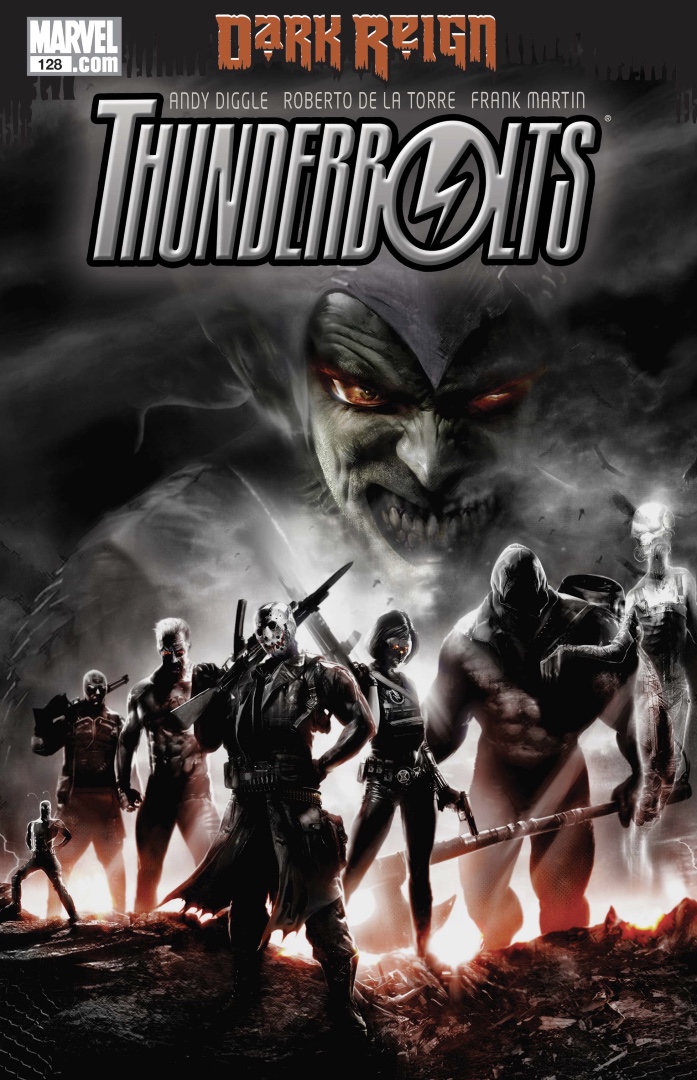
Looking at the roster of characters from the report, several of them, such as US Agent and Abomination, are direct corollaries to characters like Captain America and the Hulk. And with the legacy of those two characters (as well as many more) currently being explored in the MCU through Sam Wilson and She-Hulk, there's a thematic throughline to suggest the assembly of the Thunderbolts could happen in direct opposition to the chosen successors of the original Avengers coming into their own.
After all, the whole plot line seemed to kick off in The Falcon and the Winter Soldier in which Julia Louis-Dreyfus' Contessa Valentina Allegra de Fontaine recruited John Walker to her team as the US Agent. And the last time she appeared, she was working with Yelena Belova, herself previously mentioned as a possible Thunderbolt.
And of course, not for nothing, Marvel Studios is already adapting the story Secret Invasion for a Disney Plus streaming series for Spring 2023, meaning the tale of how Norman Osborn became the leader of HAMMER, which in turn led to the founding of the Dark Avengers, will be told in some form or another. And while it looks like Contessa may take Osborn's place as the team's MCU founder, don't forget that Osborn is technically on the table thanks to the Multiverse and Spider-Man: No Way Home. Marvel Studios would likely welcome back Willem Dafoe back with open arms as an MCU version of Osborn.
It may also be worth noting that, though Thaddeus 'Thunderbolt' Ross has been somewhat seeded as playing a role in the formation of a version of the team that shares his nickname in the MCU, actor William Hurt who played the role recently passed away, meaning he'd have to be recast - which Marvel Studios may be reluctant to do. This also may indicate a pivot to another figurehead for the team, even if Ross' 'Thunderbolt' nickname still factors into the Thunderbolts somehow.
All that said, given their shared history, the closeness of the concepts, and the characters and themes potentially involved in the Thunderbolts film, we may be looking at a story that is at the very least 'Dark Avengers' in spirit.
Norman Osborn's time with the Dark Avengers earned him a place as one of the best Avengers villains of all time.
I've been Newsarama's resident Marvel Comics expert and general comic book historian since 2011. I've also been the on-site reporter at most major comic conventions such as Comic-Con International: San Diego, New York Comic Con, and C2E2. Outside of comic journalism, I am the artist of many weird pictures, and the guitarist of many heavy riffs. (They/Them)



